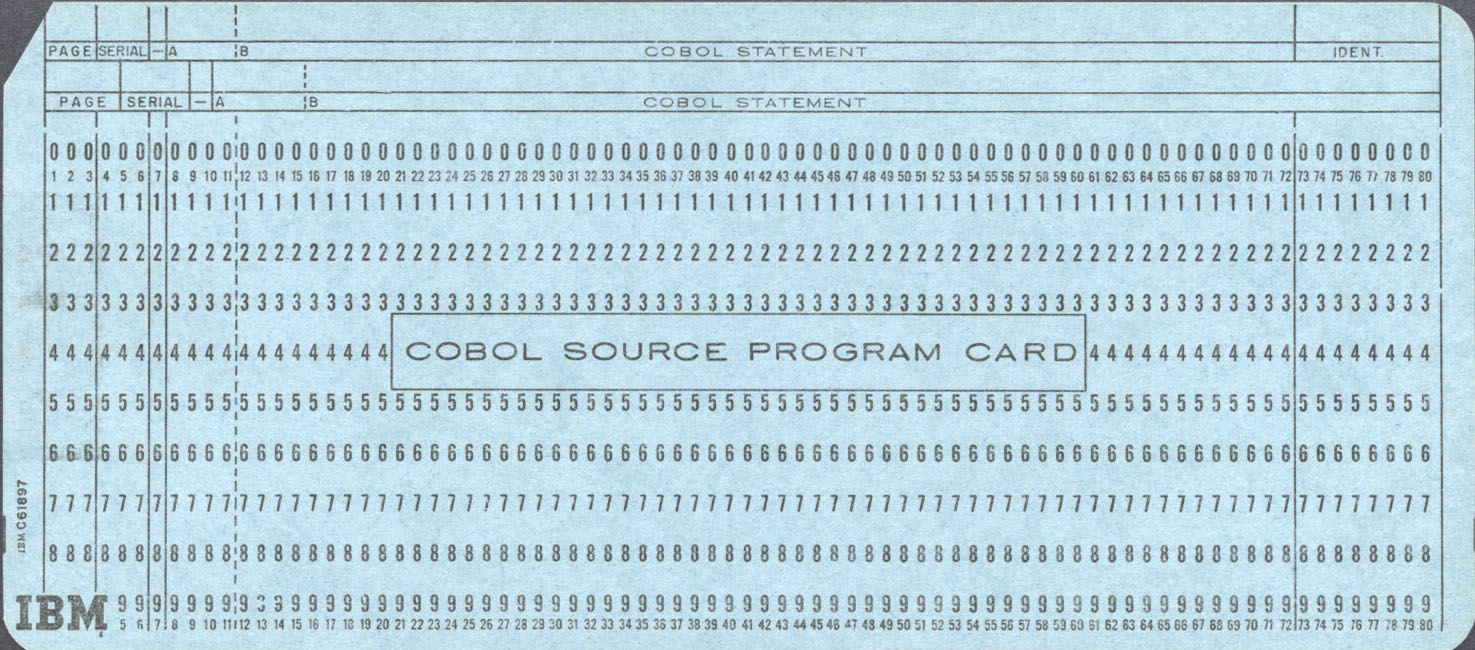What is No Switch Yard (NoSY) methodology
As you know, source control is a system for recording the history of file revisions allowing programmers to edit their code, safe in the knowledge that they can always revert to a previous good state of code. Among a plethora of alternatives Git is a distributed source control system created by Linus Torvalds, to support the development of Linux. Git is an incredibly flexible system which allows you to do pretty much anything.¹
“No Switch Yard” (NoSY) is a workflow for Git source control. It involves creating branches from the master branch on which to develop new features and regularly rebasing against the master branch so that when the time comes the feature branch can be merged into the master branch via a pull request with little fuss. We should not be producing a byzantine system by branching feature branches from other feature branches. The aim of “No Switch Yard” is to make the history as simple as possible and make merging branches back onto master as easy as possible.¹
This workflow has the following advantages relative to always working on the master branch²:
- It is easy to keep track of upstream changes even when working on a protracted task.
- The change tree remains simple, easy to understand at a glance and even (mostly) linear (revision trees with multiple developers can quickly start looking like a train switch yard)
- Unsightly “merge with branch” commits are minimized.
- It is easy to keep separate unrelated tasks upon which you may be working simultaneously.
- Commits related to each other can be kept together or merged for increased clarity.
This workflow is heavely used with ROOT projects at CERN. Root is a modular scientific software framework. It provides all the functionalities needed to deal with big data processing, statistical analysis, visualisation and storage. It is mainly written in C++ but integrated with other languages such as Python and R.³
More info:
https://scraperwiki.com/2013/10/git/ https://cdcvs.fnal.gov/redmine/projects/cet-is-public/wiki/GitTipsAndTricks https://root.cern.ch/suggested-work-flow-distributed-projects-nosy

 Research Gate
Research Gate
 Google Scholar
Google Scholar



